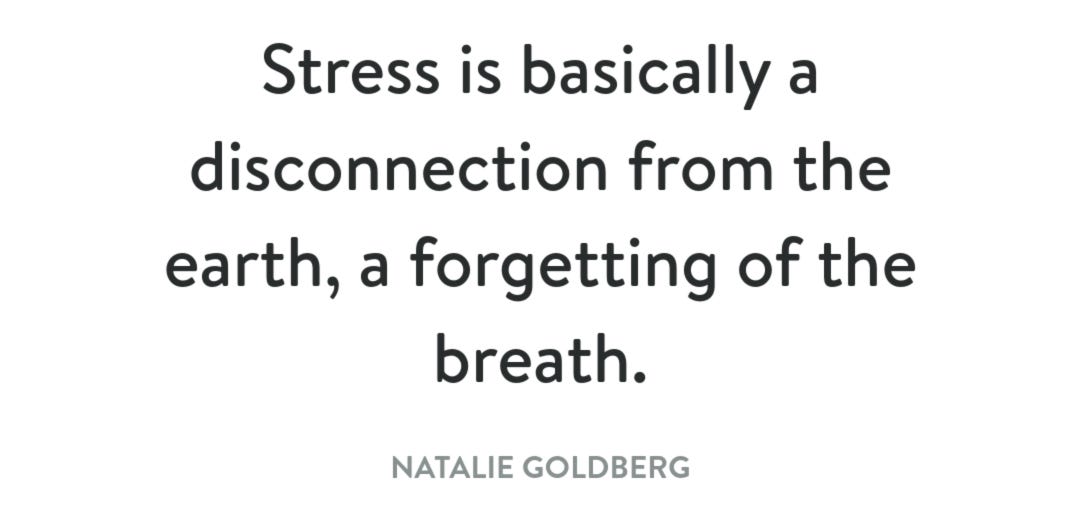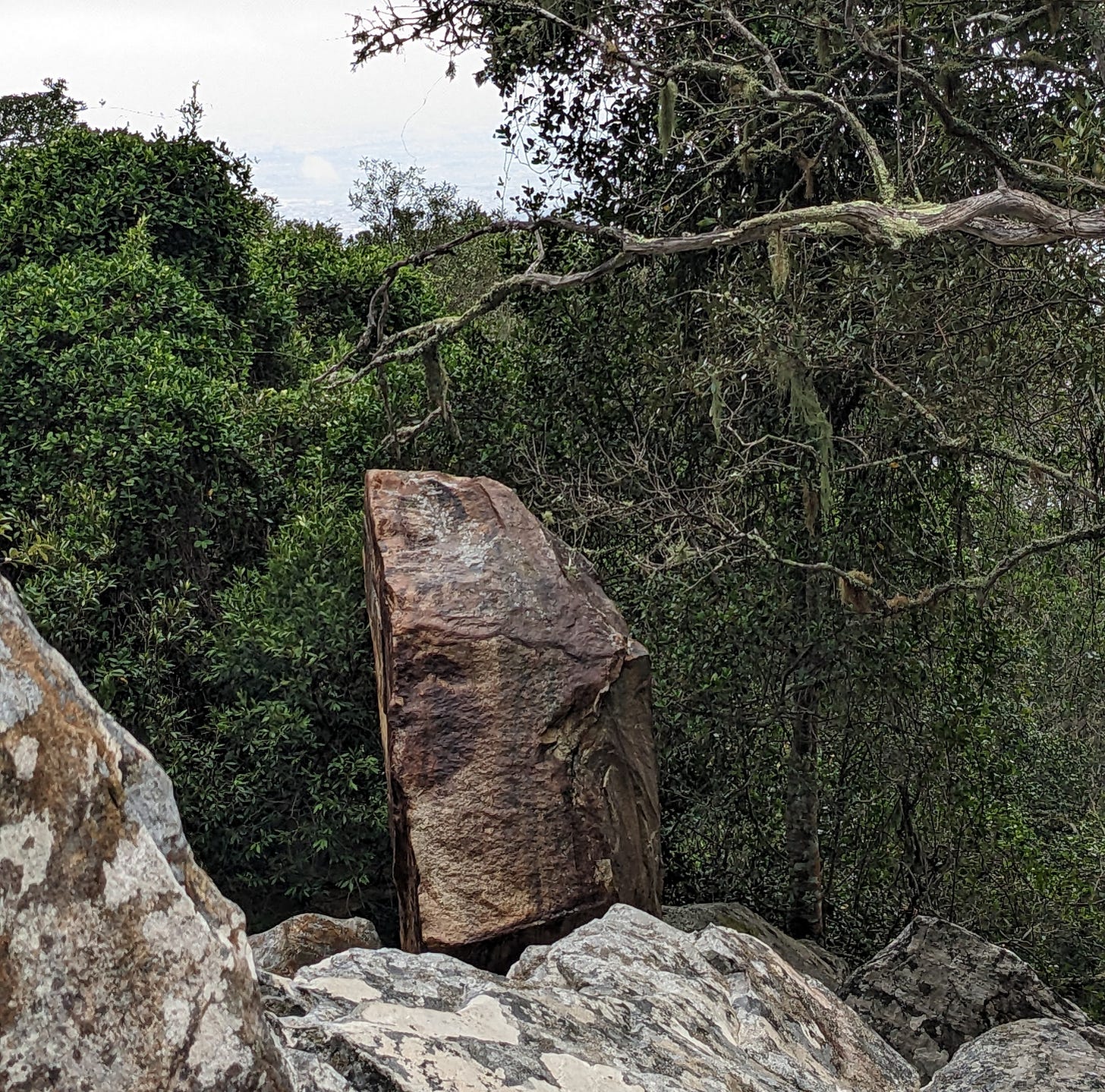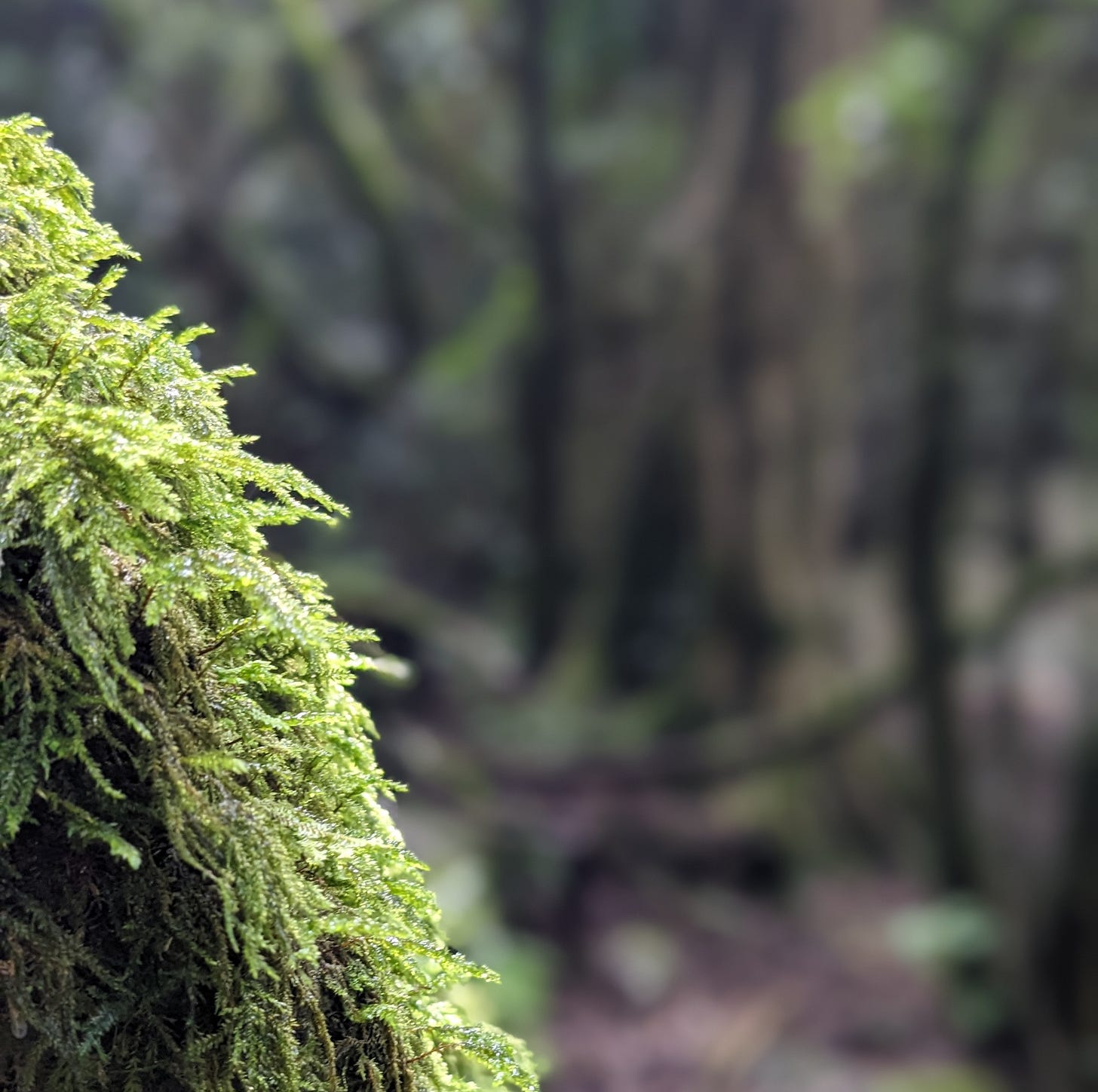The Resistance
Mycelial: operating out of sight, sending out hyphae to sense into the environment, building alliances.
The theme of resistance has been showing up in every corner of my life. In my body, in my mind, in the books I’ve been reading and in the deep contemplation of what wise response to the rise of authoritarianism might be.
A typology of tension
It always helps me to start with my own body and direct experience. I’ve been noticing the way that resistance and tension are connected to each other - and how I often use the words interchangeably. I’ve come to understand tension as a signal of misalignment: sometimes with time, sometimes with truth, sometimes with values, sometimes between parts of myself.
I’ve been getting curious about the different types of resistance that show up in my body. One sort of resistance is my body’s way of saying NO: a signal that I often struggle to honour.
Another sort is the resistance arising with the the approaching of an edge. In some ways, this one is a YES, an invitation to go deeper and further into uncomfortable territory. I had a recent experience of deep discomfort when I altered a relational habit (and more importantly, committed to a longer-term altering of that habit). My default response was a form of internal scaffolding - an old support structure that used to keep me safe but no longer serves its purpose. The resistance to dismantling showed up as much in my patterns of mind as it did as profound physical discomfort. The patterns of mind (observable in meditation) were my clue that this was an edge to be explored - a speeding up of thought, an impatient impetus for action, a voice that was harsh, critical, judgemental.
My initial response served to generate harm: judging the judgement, critiquing the criticism, being harsh with myself about the harshness. It was EXHAUSTING. The antidote has been to meet the edge with softness. Inviting the words soft, open and tender into my meditations. Bringing back curiosity - what’s going on here? what is my body trying to tell me? what is this edge? I’ve also been loving my yin yoga practice - long holding of postures, staying present with discomfort, allowing the waves of feeling to arise and subside.
Creating tension to dissipate tension
The homeopathic remedy for tension is the conscious and loving creation of more tension. Try tensing all of your muscles on the inhalation, and then releasing on the exhalation. The body fills with a flood of energy as we feel the contrast. Pushing our palms together and increasing resistance has a similar effect of creating relief when we release. Supta Baddha Konasana is a yoga pose where you lie on your back with the soles of your feet together and your knees falling open to the sides. Pushing the soles together, getting close alignment between the toes of each foot, and between the soles of each foot has the effect of releasing tension through generating resistance.
The Resistance
The most fun way that I’ve shifted my orientation to resistance is to invite in the archetype of The Resistance. Who are they? The insurgents, the outlaws, those with information on the ground, those who subvert, who emerge in the dark, who have the capacity to surprise us. Internally, how does The Resistance show up? What are the qualities they embody: curiosity, provocation, questioning, co-ordinated action. What are the subversive thoughts? The dreams that emerge in the dark? What are the ways in which I have the capacity to surprise even myself?
Resistance against authoritarianism
Questions about what it means to prepare, both individually and collectively, for resistance against authoritarianism are critically important in this time of digital surveillance, rising inequality and extractive and narrowly-interested fascism. How do we tap into necessary resistance, whilst still remaining open-hearted, open to shifts in perspective and rooted in non-dualism? Feeling into the embodied NO is one of the capacities we need to cultivate - we can only consciously choose to not co-operate when we know what it is that we must resist.
“Non-cooperation is not a passive state; it is an intensely active state, more active than physical resistance or violence. Passive resistance is a misnomer.”
- Mahatma Gandhi
I’ve been tapping into breath and yoga practices that hone conscious activation: warrior breath, breath of fire, warrior poses, sun salutation and conscious connected breath. Too often, we focus only on practices that support down-regulation of our nervous systems. In time of collective freeze responses, there is a danger in these practices without the counter-balancing capacity for activation.
Leaning into connection, and particularly collective practice is crucial if we are to counteract systematic atomisation. Late-stage capitalism and individualism go hand in hand - humans have never been lonelier, and less likely to collectively resist, than right now.
Non-violent resistance and tension as a creative force
I’ve been filled with deep curiosity about the work of Gandhi and Martin Luther King on non-violent resistance. There are clues for how we can find new and unexpected ways forward - even when hope flickers.
“I just referred to the creation of tension as a part of the work of the nonviolent resister. This may sound rather shocking. But I must confess that I am not afraid of the word tension. I have earnestly worked and preached against violent tension, but there is a type of constructive non-violent tension that is necessary for growth.”
- Martin Luther King in Letter From Birmingham City Jail
I hope that these explorations provide some clues for your own journey with The Resistance.
Yours in practice,
Shivani









Profoundly thought provoking! Thanks for sharing your deeply embodied wisdom - and so beautifully written too! 🙏
Sisi!!!!! Sisi!!!!! Yerrrrr! Other words somehow can’t come! Just emotional exclamations! Thank you for living this and then writing this…